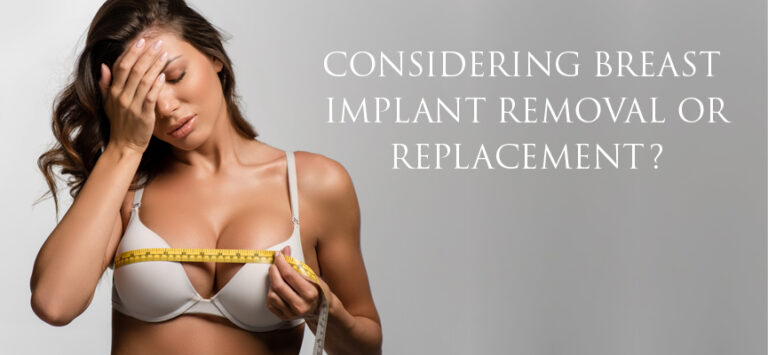Breast-Lift-004-front

Breast-Lift-003-side
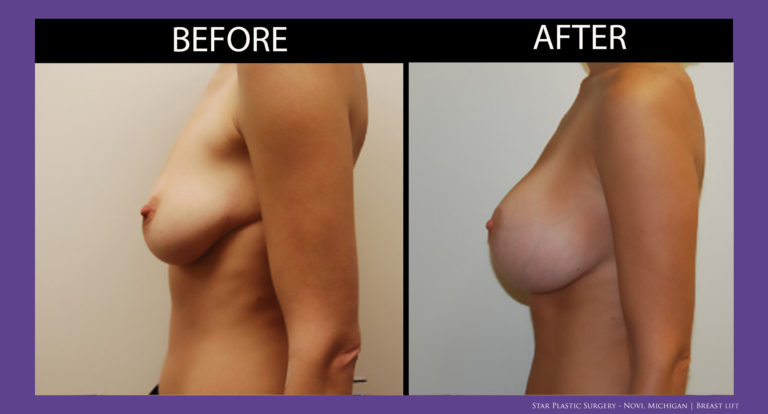
Breast-Lift-003-front
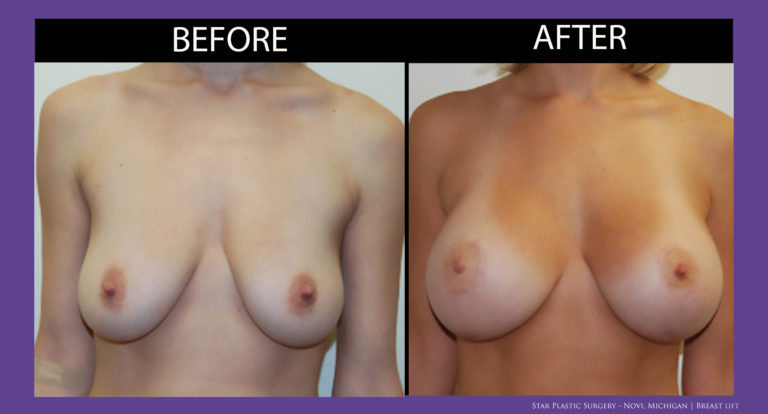
Breast-Lift-002-side

Breast-Lift-002-front
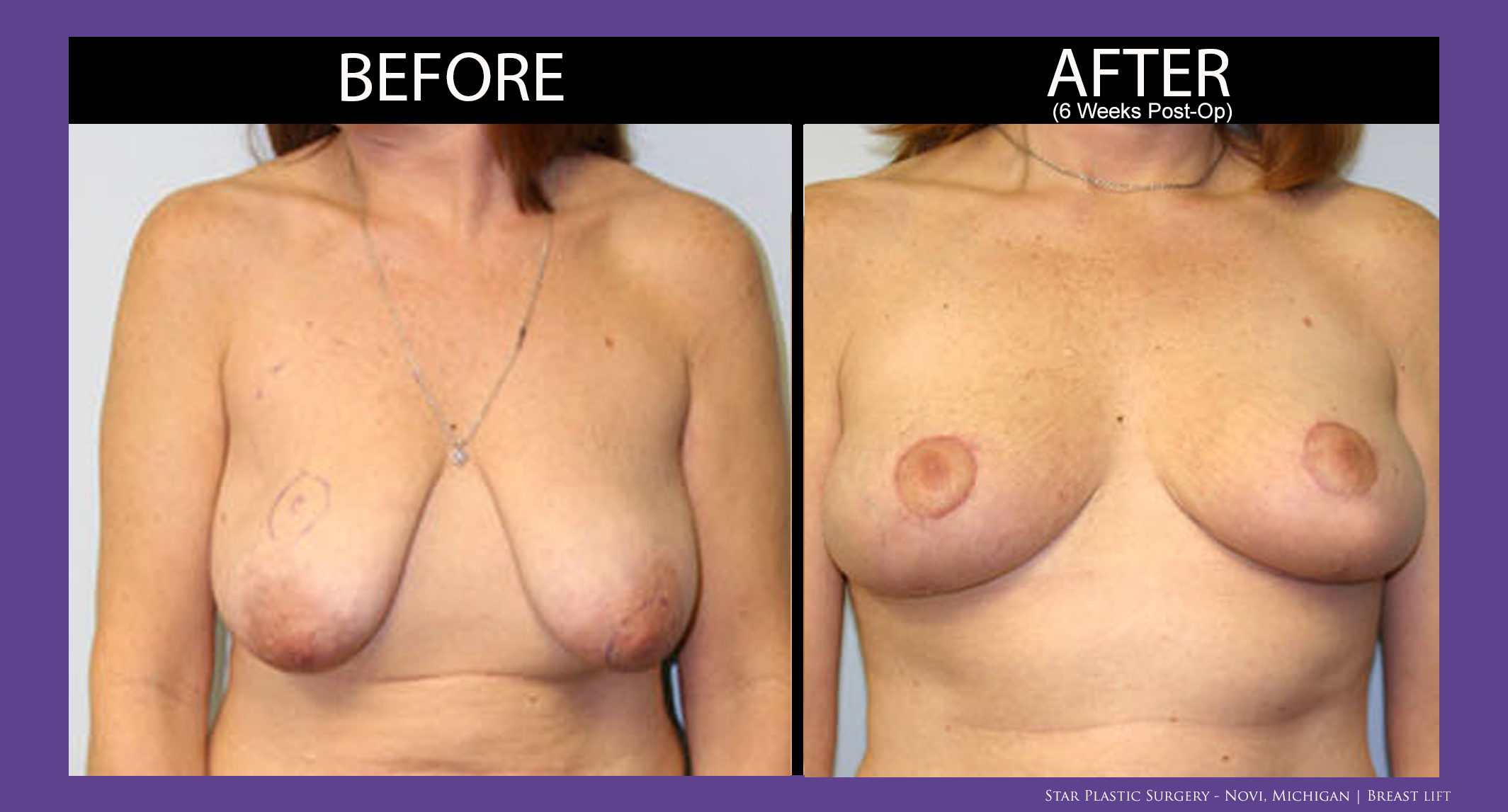
Breast-Lift-001

Breast Augmentation & Lift
I couldn’t be more happy with the results of Dr. Ali. My appearance & self esteem are at an all time high in my life & I Thank Dr. Ali for the fantastic job of my surgery. His staff was just as amazing, they make you very comfortable & help you with all questions or assistance you may need. I would recommend anyone to see this staff & doctor if your interested in breast augmentation & a lift. They we’re all Amazing!!!
Tiffany J., Carleton, MI
Breast Augmentation Terminology Part 2 (L-Z)
Are you considering breast augmentation and want to do all your research first? If so, you may have read our first post on breast augmentation terminology.
So as not to overwhelm our readers, we only addressed the first half of the alphabet.
We’ll finish the job here with the second half of the alphabet so that you don’t need to scour the internet to find them.
Breast Augmentation Terminology (L-Z)
Just as we did in our first post, we won’t do a serious deep dive into the terminology. And just as some of the words in the first list didn’t apply to you, the same will apply here. But you can never have too much knowledge, right? So let’s take a look.
Mammary Hypoplasia
If one or both of your breasts are pointed, square, or oval in shape, your doctor may have diagnosed you with mammary hypoplasia. It’s a condition caused by breast malformation and typically occurs because the breast didn’t fully form during puberty. The areolar area may be constricted or collapsed, there may be a high breast fold, and/or the breast tissue tilts downward. Augmentation can repair this, but the constricted tissue will first need to be released.
Periareolar Incision
The area on the breast that includes the nipple and the surrounding pigmented skin is known as the nipple-areolar complex. A periareolar incision is one that’s made on the outside edge of this area. If you’re looking at a breast lift, the surgeon may use this to remove excess skin – though there are other applications.
Rupture
One of the reasons people may hesitate to have breast augmentation is the possibility of a breast implant rupture. This is a rare occurrence, however. It can happen at any point after the procedure and is often the result of surgical instruments, trauma, under- or overfilling breast implants, capsular contracture, or excessive compression. While there will always be a risk with any surgery, it’s very important to vet your surgeon and ensure that he or she is board-certified and highly qualified.
Subglandular or Subpectoral Implant Placement
Subglandular implant placement is known as over-the-muscle placement, while subpectoral implant placement is under-the-muscle placement. Subglandular has a shorter recovery time but may not look as natural on certain body types. Subpectoral has a slightly longer recovery time but offers improved support and a more natural look.
Symmastia
On extremely rare occasions, the breast implants may settle too close together after the augmentation procedure and there is little to no room between the breasts. This is known as symmastia and is usually the result of over-dissection of the pocket.
Textured Breast Implants
Textured breast implants are subjected to a texturizing process that creates a grained surface on the outer shell of the implant to help reduce the risk of malposition or flipping of the implant. Many surgeons no longer promote this since it appears to correlate with the development of Breast Implant-Associated Anaplastic Large Cell Lymphoma (BIA-ALCL).
Transaxillary Incision
A transaxillary incision is made in the armpit and the implant is placed using an endoscopic surgical camera. It reduces the appearance of scarring. It is not among the more common techniques and requires specific skill and experience.
Upper Pole Fullness
If you’re looking for breast augmentation because your breasts have somewhat fallen flat, then you’re looking for what’s called upper pole fullness. This term refers to the breast area’s shape, contour, and volume above the nipple. (Below the nipple is known as the lower pole.) Increasing upper pole fullness makes cleavage more prominent and gives the breast a rounder appearance. The size and profile of your chosen breast implant will determine how much upper pole fullness you’ll achieve.
Are You Considering Breast Augmentation Surgery?
Between this post and last week’s post, you now have more familiarity with breast augmentation terminology.
So if you’re thinking about getting breast augmentation, contact us today.
During your free consultation, you can ask the surgeon any further questions you have about the terminology as well as discuss the intricacies of the procedure. Then you can get that breast augmentation with confidence.
Breast Augmentation Terminology Part 1 (A-K)
When considering getting work done on your breasts, you’re bound to experience some amount of breast augmentation terminology that may be unfamiliar to you.
No worries. Rather than pouring through the internet to find their meanings, we’re breaking down some of the terminology here.
Because there is a wealth of terms, we’ve tackled the first half of the alphabet here and will address the second half in our next post.
Breast Augmentation Terminology (A-K)
We won’t get too deep in the weeds on the terminology so as not to overwhelm you. And some if not many of these terms won’t apply to you. But if you like to go in knowing all the details, here is a sampling of some of the terms you may hear.
Augmentation Mastopexy
Augmentation mastopexy is really just a ‘doctorly’ way of saying breast augmentation with a lift. This is often the recommended procedure for patients who are struggling with breast sagging because of weight loss, aging, or childbearing. It’s designed to lift drooping breast tissues while adding fullness especially in the upper breast.
Breast Capsule
Any time the human body experiences a foreign body, it responds by creating a protective capsule of collagen around it. The breast capsule is what forms around breast implants. It’s completely normal and a healthy part of the healing process. It also helps to keep the implants in place.
Cooper’s Ligaments
Within the breast there is connective tissue that provides support and structure. The Cooper’s ligaments run from the clavicle to the interior part of the pectoralis major muscle before branching throughout the breast tissue.
Drop and Fluff
“Drop and fluff” may sound like a laundry term, but it actually describes the way a breast implant settles after breast augmentation surgery. Immediately after surgery, breast implants sit high on the chest as the muscles in the chest tighten to adjust to their presence. As healing proceeds, the muscles relax and the implants drop to a more natural position. From there, they fluff, as it were to fill the lower breast cavity.
Gummy Bear Breast Implants
As silicone breast implants continue to improve, they’re becoming highly cohesive. Compared to their earlier silicone counterparts, they are firm yet flexible – like the consistency of a gummy bear. They also retain their natural look and feel even as they age.
Implant Rippling
Implant rippling is just like it sounds. Rippling of the implant becomes visible through the skin at the outer perimeter of the implant. This is usually along the outer edge toward the arm pit. It can occur with either saline or silicone implants, but is more prominent in round saline implants. It is also most common among women who are very thin or who have little natural breath tissue.
Keller Funnel
If you’re wondering how a Keller Funnel works, think about a piping bag as one would use in baking. In this case though, the breast implant is placed in the large end of a sterilized and hydrated bag, while the narrow end is inserted into the incision on the patient. The breast implant is then gently ‘piped’ into the surgical pocket.
Are You Considering Breast Augmentation Surgery?
Having awareness of breast augmentation terminology can give you more peace of mind as you consider surgery.
So if you’re thinking about getting breast augmentation, contact us today. During your free consultation, we’ll walk you through the process and answer any other questions you might have.
That way you’ll go in reassured and confident about the whole procedure.
What to Expect: Healing After Breast Implant Removal
If you had a breast implant in the past, there are many reasons you may be opting for breast implant removal. That’s nobody’s business but your own.
When an implant is removed, it’s known as explant surgery. And yes, it is surgery. So just as with any surgery, that means you can expect recovery time.
Obviously, every patient is different and there’s no one story that applies to all. There are some basics you can expect though.
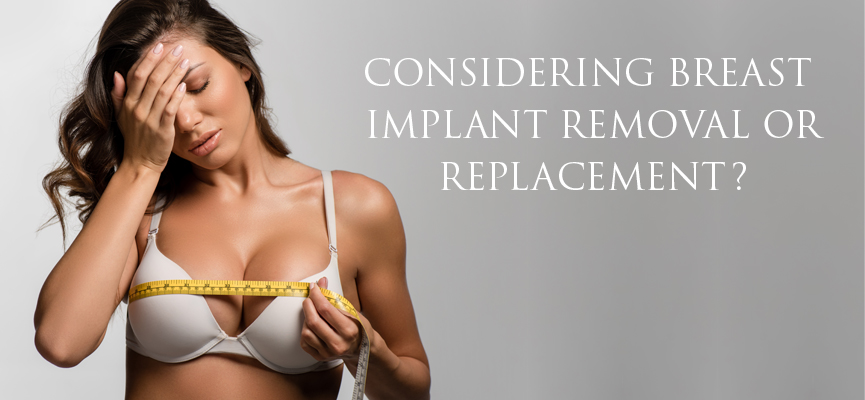
The Basics for Recovering from Breast Implant Removal
You had implant surgery so you could use that as a baseline for your explant surgery. However, if your surgery was a long time ago, you may not feel comfortable relying on that.
Plan to spend the first several days recovering at home. It is essential during this period to avoid any excessive pulling or stretching of the area. Your incisions cannot be exposed to abrasion of any kind, so ditch the loofah. And don’t plan to hit the nudist beach for tanning. The incisions cannot be in direct sunlight either.
Compression garments will also be vital. These may seem like an inconvenience, but in the long run, they accelerate the healing process by managing swelling and bruising and promoting blood circulation. These garments are surprisingly comfortable. They do a stellar job at reducing postoperative discomfort. So regard them as supportive friends.
On average, you can expect to return to work in one week, unless you have a job that requires strenuous movement or lifting anything over ten pounds. (This includes children.) It’s important to give yourself extra time if that’s the case.
Further Explant Surgery Recovery Tips
Eating well and staying hydrated is always the rule of thumb. Abiding by your board-certified surgeon’s directions and attending follow-up appointments is also key. But there are a few other things you may not have considered.
Any time you’re healing from breast surgery (of any kind), you need to avoid using your upper body and chest muscles. You’ll need to wait at least four weeks to return to any exercise that uses these. Consider consulting a physical therapist who can design a post-op program that allows you to safely adapt to your new chest contour.
And speaking of adapting, any change to your appearance is going to require some adjusting. Having breast explant surgery can be particularly emotional. This may not be the case at all for you. Just in case you find yourself mentally struggling though, it’s a good idea to reach out to compassionate friends and family members ahead of the procedure to let them know you may need their support. Furthermore, you could also speak with a therapist.
At the end of the day, listening to your body is always the best practice so if you’re feeling that you need more time to rest and recover, honor that. You don’t want to end up with complications because you jumped the gun.
Wrestling With the Idea of Explant Surgery?
The decision to do breast implant removal is an important one and not to be taken lightly.
If you’re debating about whether this procedure might be right for you, don’t hesitate to reach out to our compassionate and board-certified plastic surgeons.
We will always have your back. (And front.)
